NW Noggin fielded another crowd of eager outreach volunteers for a day at Creative Science, a Portland Public “focus option” K-8 school where “students are encouraged to be independent thinkers, learners, and problem solvers…”
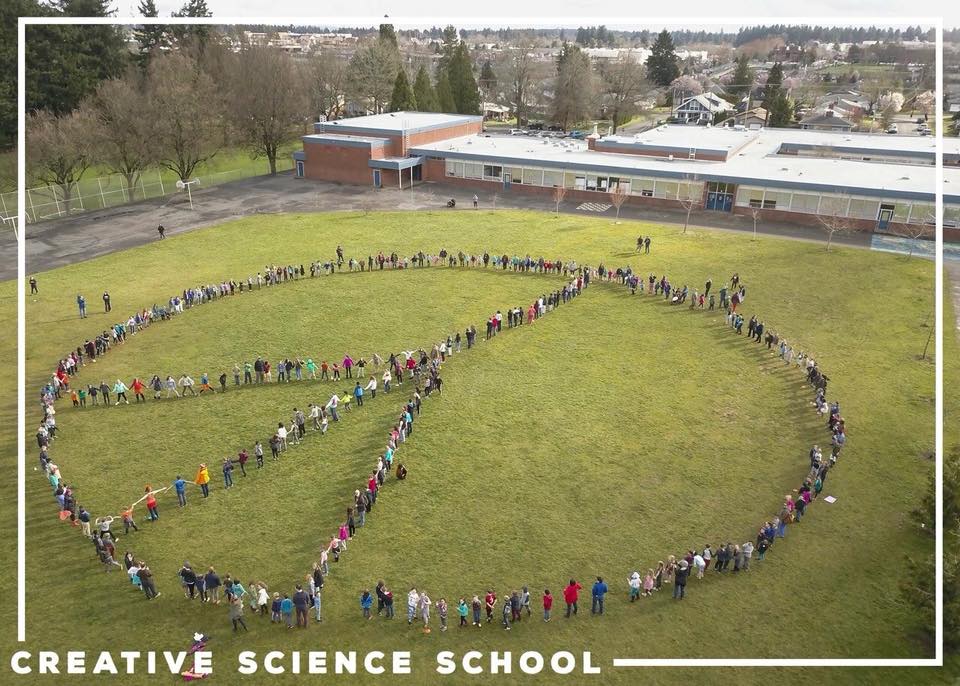
LEARN MORE: Creative Science School
We’d enjoyed another day of art and brains back in 2015, thanks to language arts teacher Brandan McClain, who’d welcomed us into his classroom to consider which specific skills his middle school students had improved on during the past year. Responses, written on colorful post it notes, ranged from “soccer” to “making friends,” and were stuck directly on a large brain drawing, in the areas where relevant changes were taking place. As successive classes filled in regions with details of their expanding abilities, a distinct pattern began to emerge…

Middle school: a time of tumultuous development in the frontal lobes…
LEARN MORE: Creativity and Science
LEARN MORE: In vivo evidence for post-adolescent brain maturation in frontal and striatal regions
LEARN MORE: Maturation of the adolescent brain
On a more recent bright fall day at Creative Science, Krystal Nguyen, Jade Osilla, Gwen Conlee, Sarah Babij, Larry Rabinowitz, Aaron Eisen and Sai Kiersarsky from Portland State University, Iris Guttierez from WSU Vancouver, and Jacob Schoen from Oregon Health & Science University introduced themselves to around 200 sixth through eighth graders..!
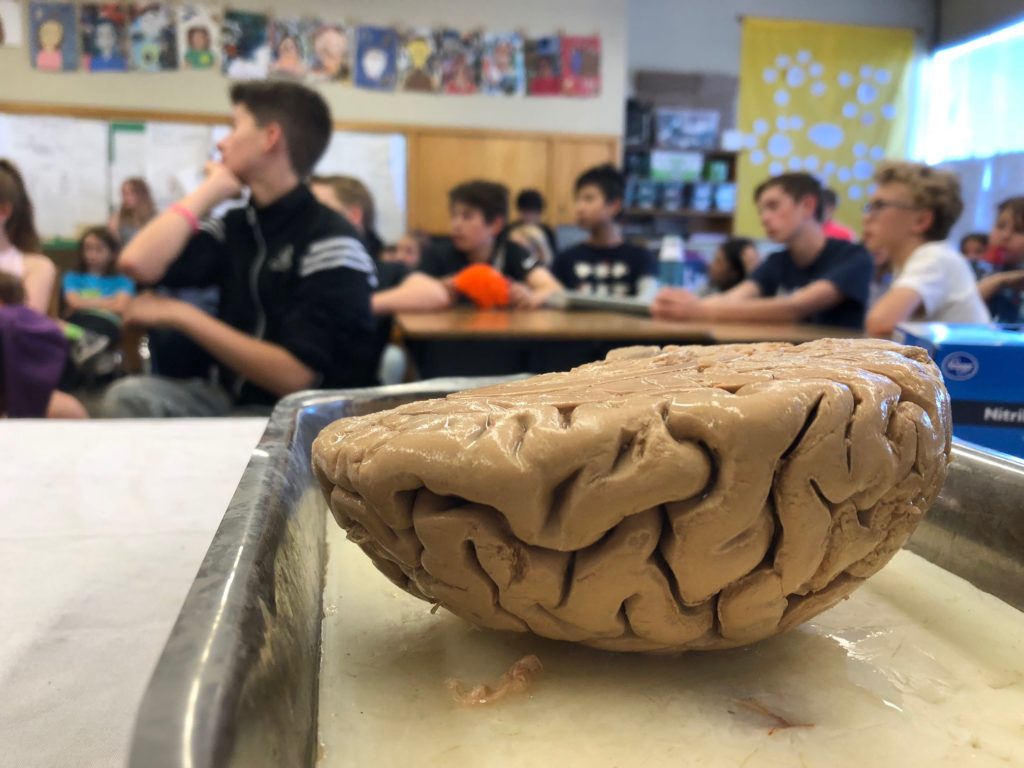
The wide range of volunteer backgrounds, interests and age groups, including college freshmen, retired course auditors, neuroscience researchers, artists, all from multiple area institutions, carrying colorful pipe cleaner neurons, 3D printed brains, and real cerebral specimens to examine up close – clearly drives K-12 interest in what we’re here to discover and learn…
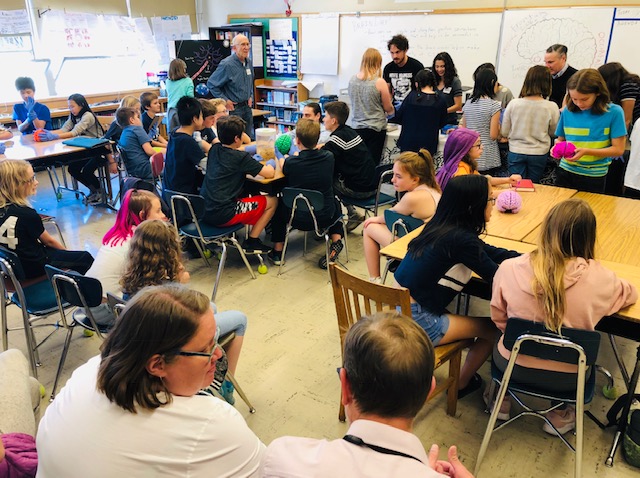
After introductions, we ask the students to tell us what they already know about brains – and then ask us anything that’s on their mind…
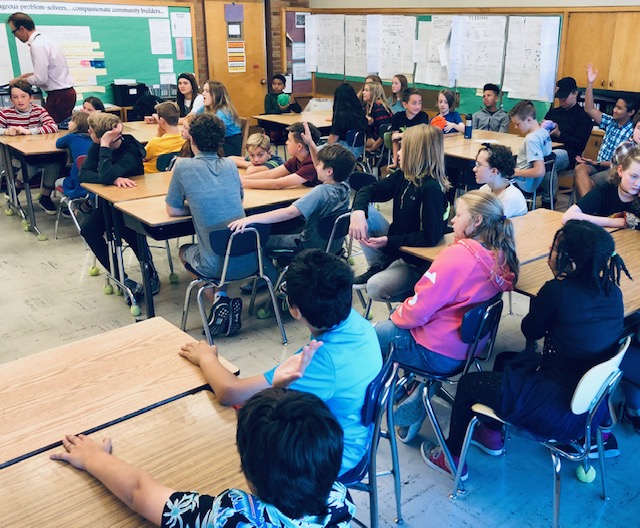
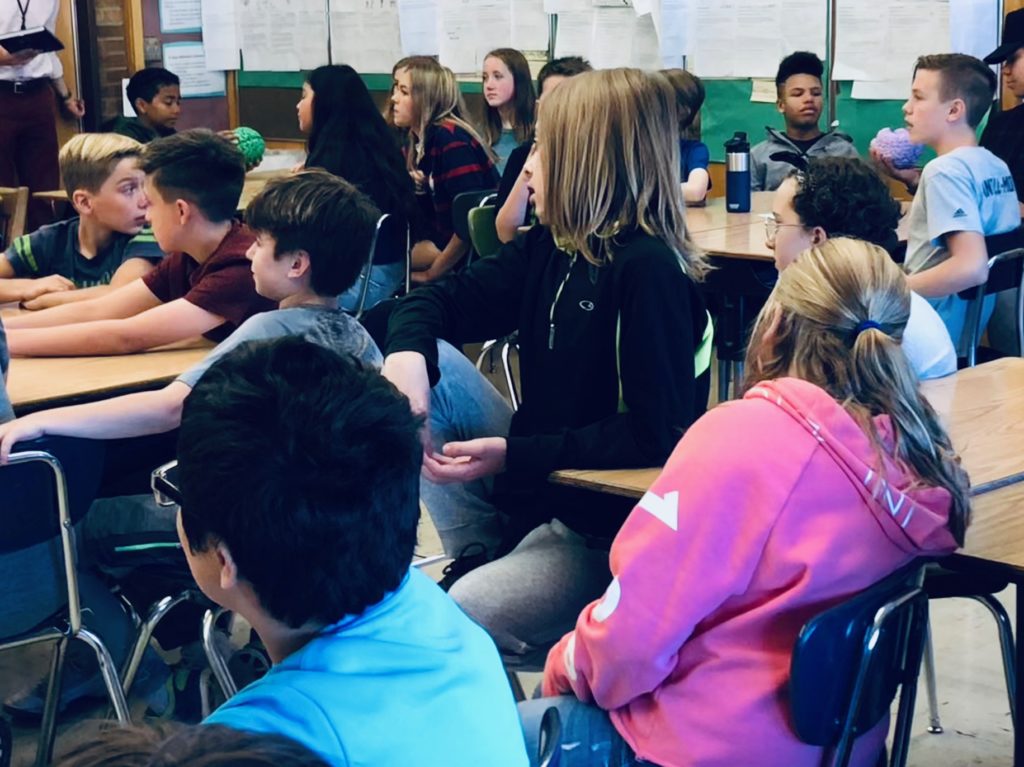
“Do all animals #sleep like we do? Why can’t I get to sleep before 1:00am?”
There’s actually tremendous variability in the sleep patterns of animals, with predators (including us!) generally sleeping longer, while prey, who need to look out for danger, sleeping less. Some animals, like dolphins, exhibit “unihemispheric” sleep; that is, they have only one of their two brain hemispheres go to sleep at a time!
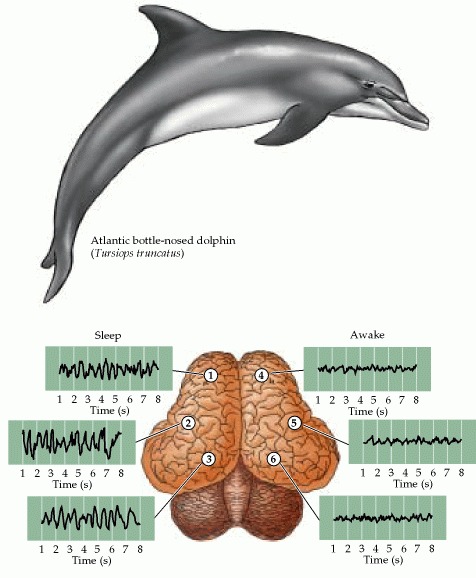
IMAGE SOURCE: Some animals can sleep one hemisphere at a time. These EEG tracings were taken simultaneously from left and right cerebral hemispheres of a dolphin. Slow-wave sleep is apparent in the left hemisphere; the right hemisphere, however, shows low-voltage, high-frequency waking activity. (Mukhametoc, Supin, & Polyakova, 1977.)
LEARN MORE: Why Do Humans and Many Other Animals Sleep?
LEARN MORE: Unihemispheric sleep and asymmetrical sleep: behavioral, neurophysiological, and functional perspectives
LEARN MORE: Cetacean sleep: an unusual form of mammalian sleep
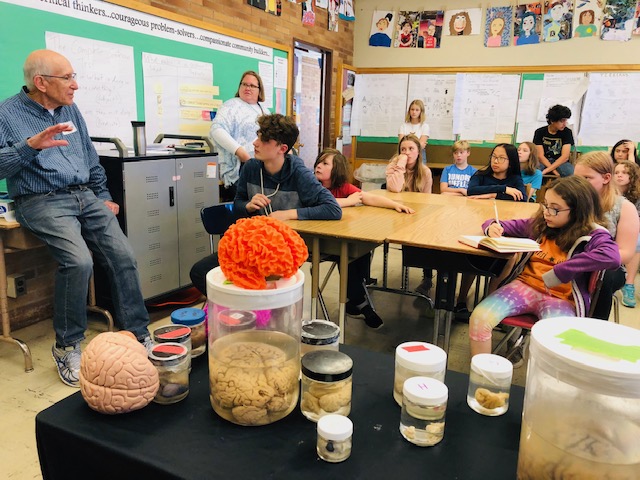
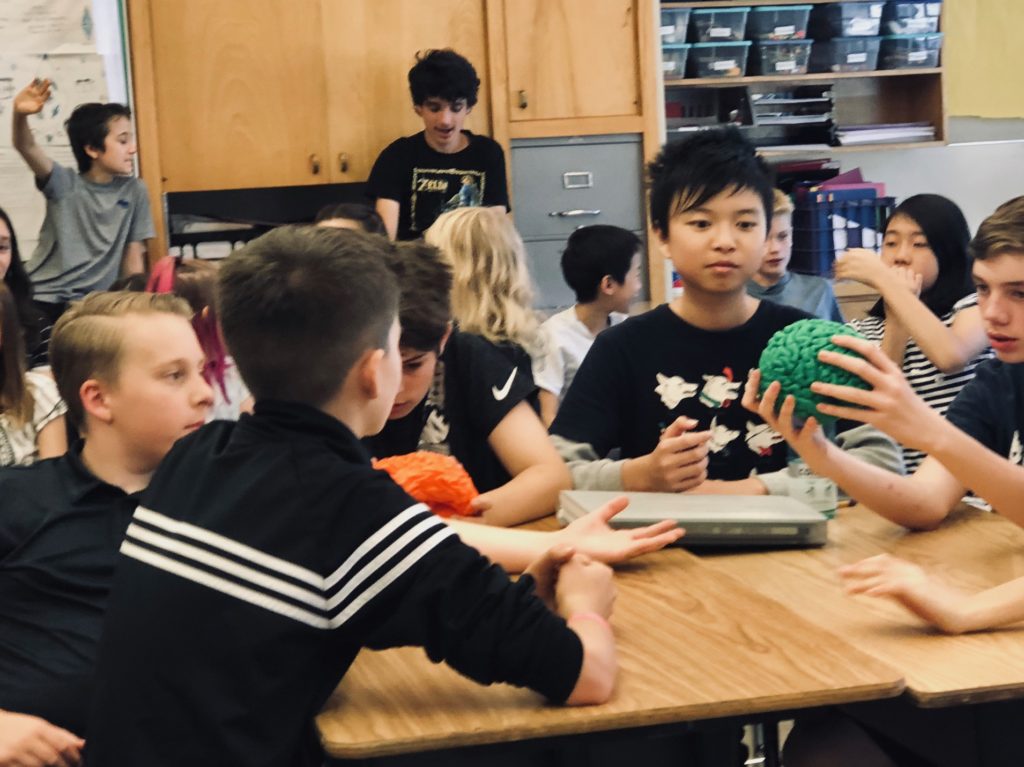
Teenagers naturally experience dramatic shifts in their circadian sleep/wake cycles as a normal component of development, staying up later and then sleeping late, and requiring a minimum of 8-9 hours of sleep each night. Additionally, some people inherit a genetic susceptibility to insomnia, which can keep them awake much of the night.
LEARN MORE: Adolescent Changes in the Homeostatic and Circadian Regulation of Sleep
LEARN MORE: Genome-wide analysis of insomnia disorder
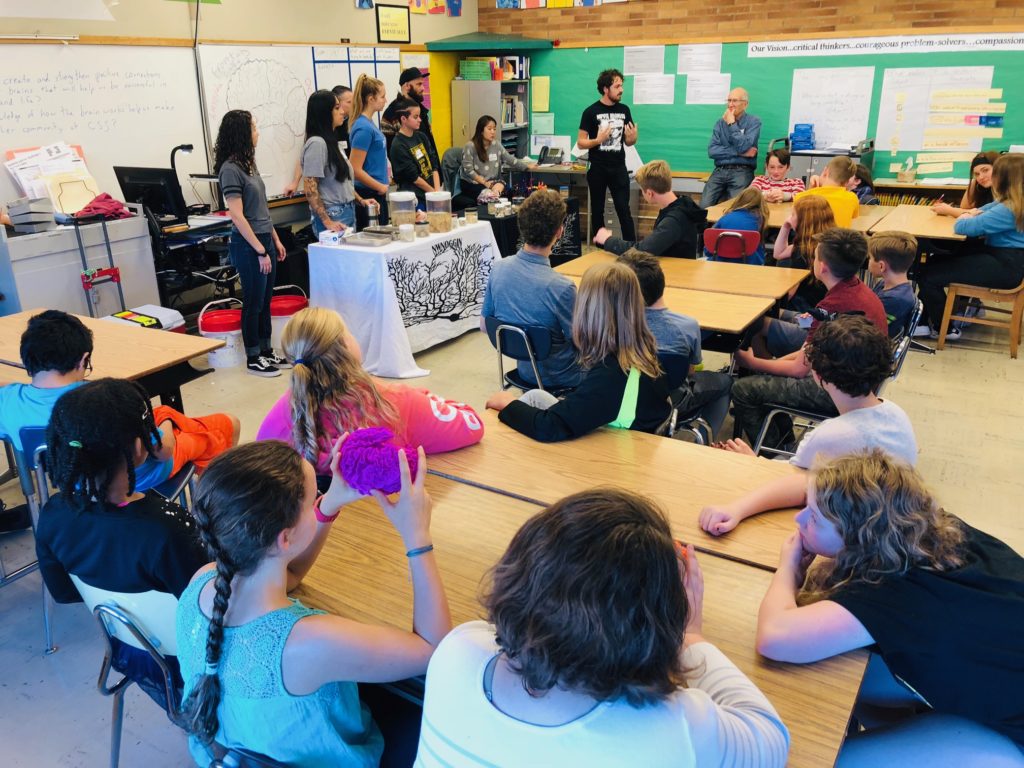
Waking a teenager up at 6:00am, as most parents will attest, is not always easy and, according to sleep researcher Wendy Troxel, akin to waking an adult at 4:00am! We are often incapable of functioning well at 4:00am, and it is equally unreasonable to expect young people to thrive in such conditions…

One young middle schooler put his fists in the air when he heard this, and shouted “YOU GET ME!”
LEARN MORE: Brains, biofeedback & SLEEP @ Fort Vancouver!
LEARN MORE: Sleep habits, academic performance, and the adolescent brain structure
LEARN MORE: Noggins in Nod
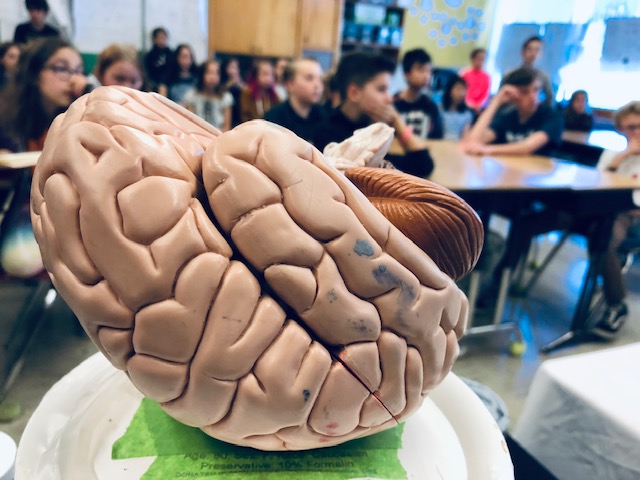
Though happily Creative Science opens for students at ~8:40am! Schools with later start times have better academic outcomes, and report a lower incidence of mental health disorders than those opening before 8:30am.
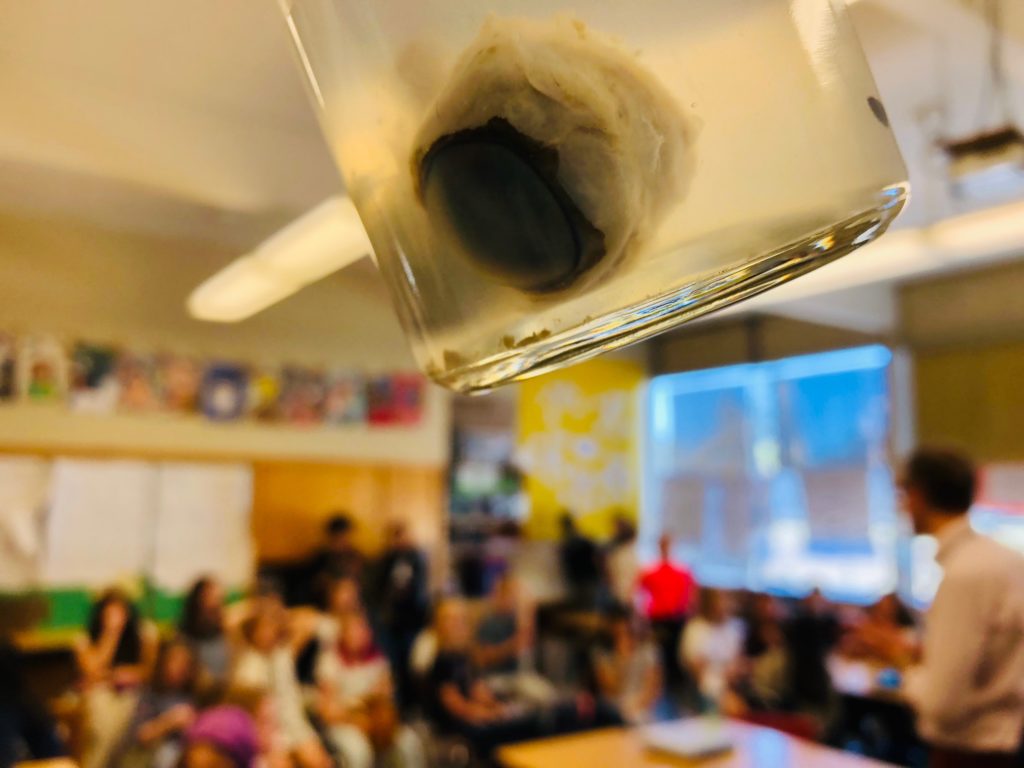
LEARN MORE: School Start Times, Sleep, Behavioral, Health, and Academic Outcomes
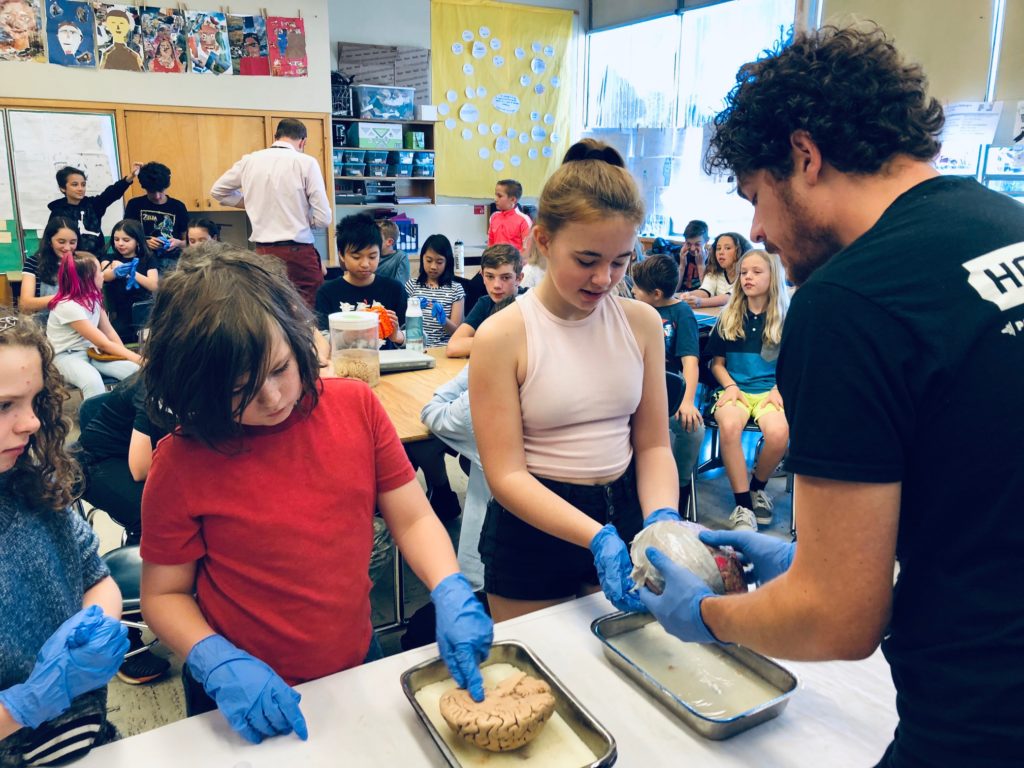
And then of course it was time for brains!
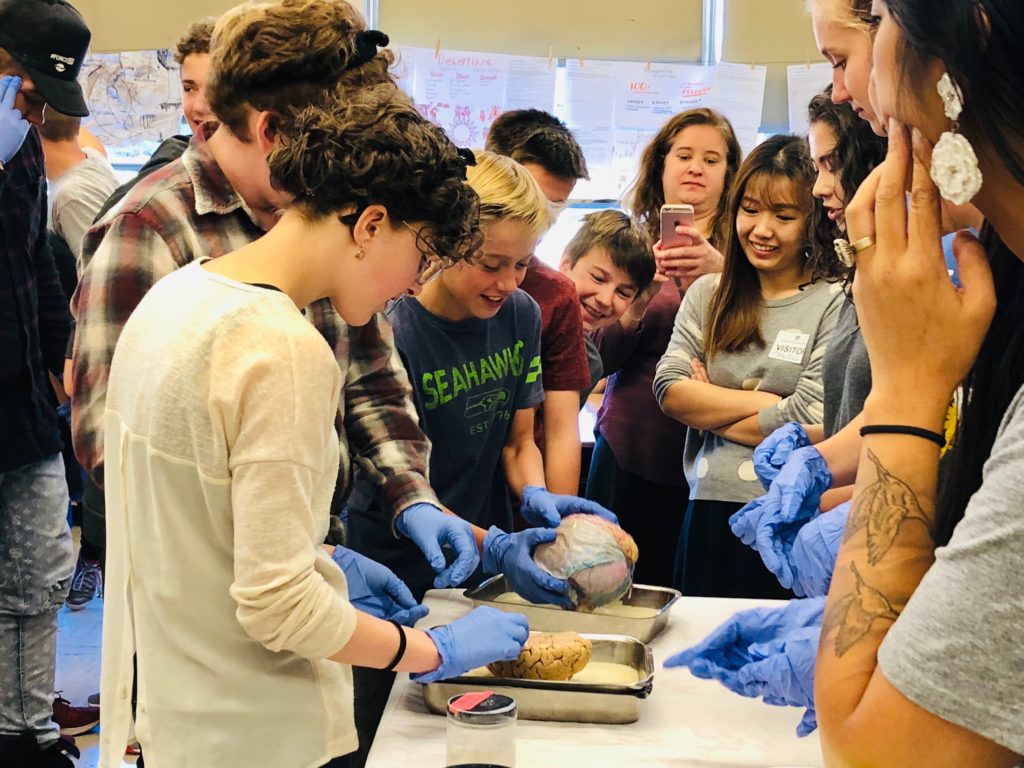
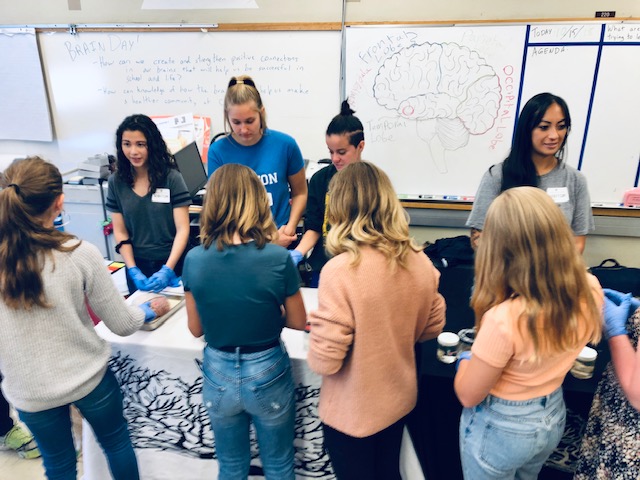
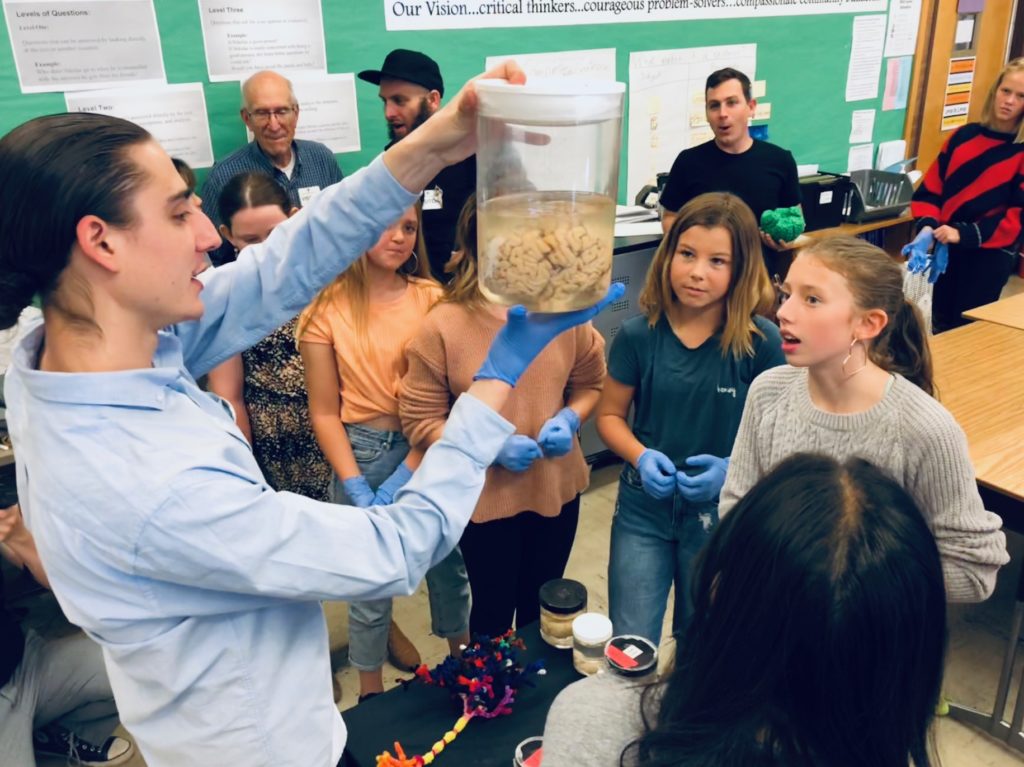
“It’s bigger than I thought – they told me it’s the size of my fists!”
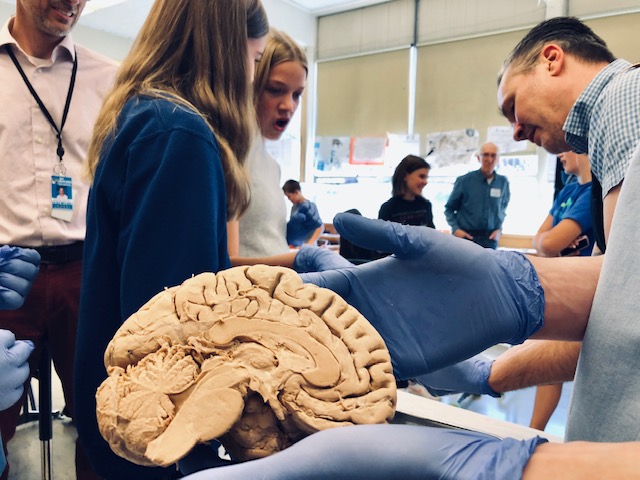
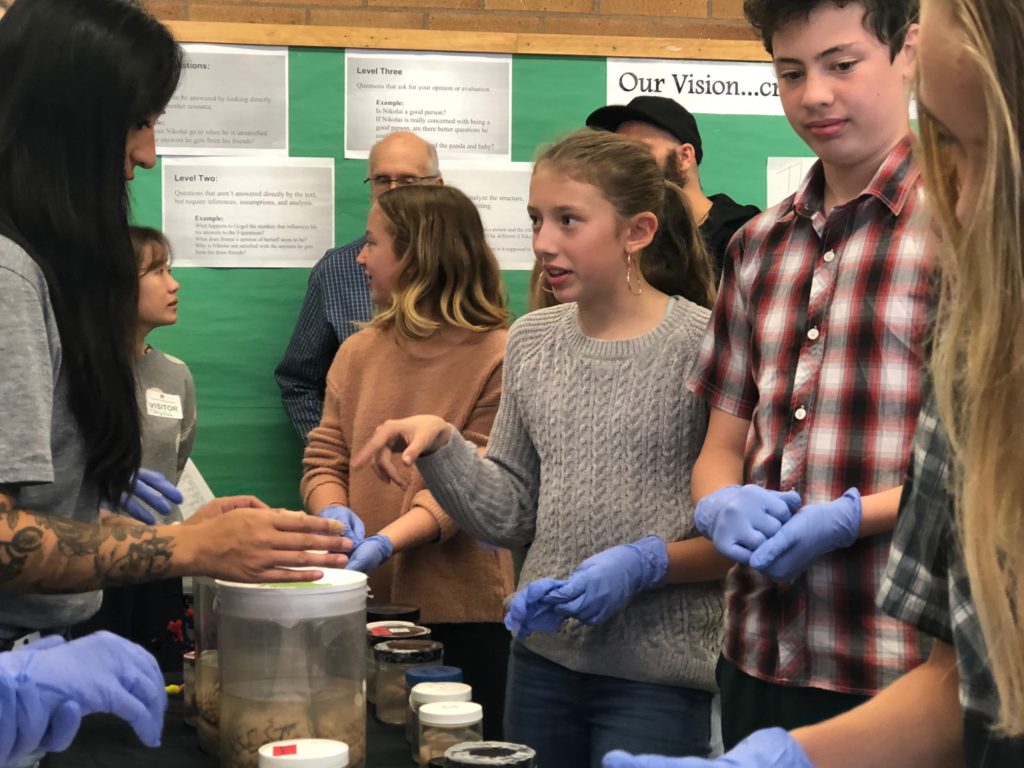
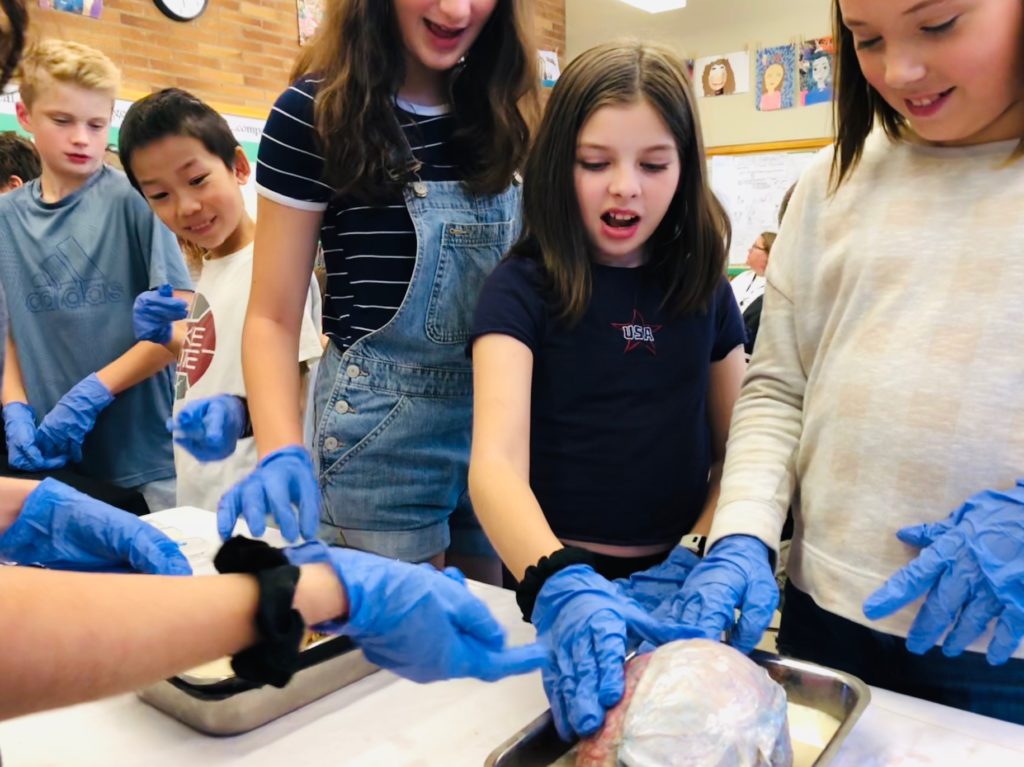
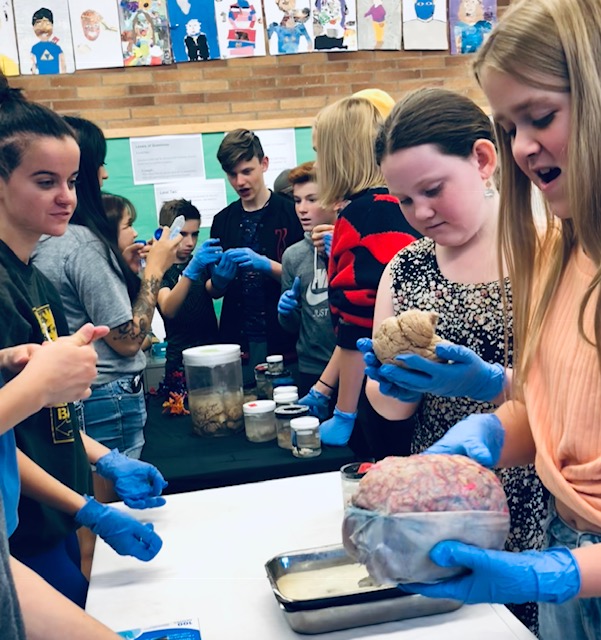
“I thought it would be squishier!”
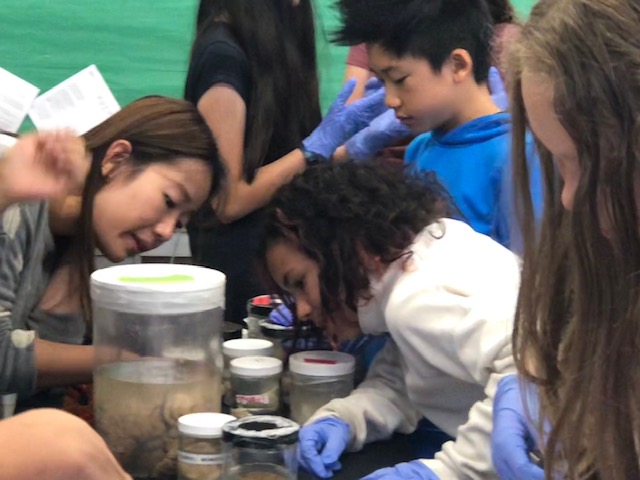
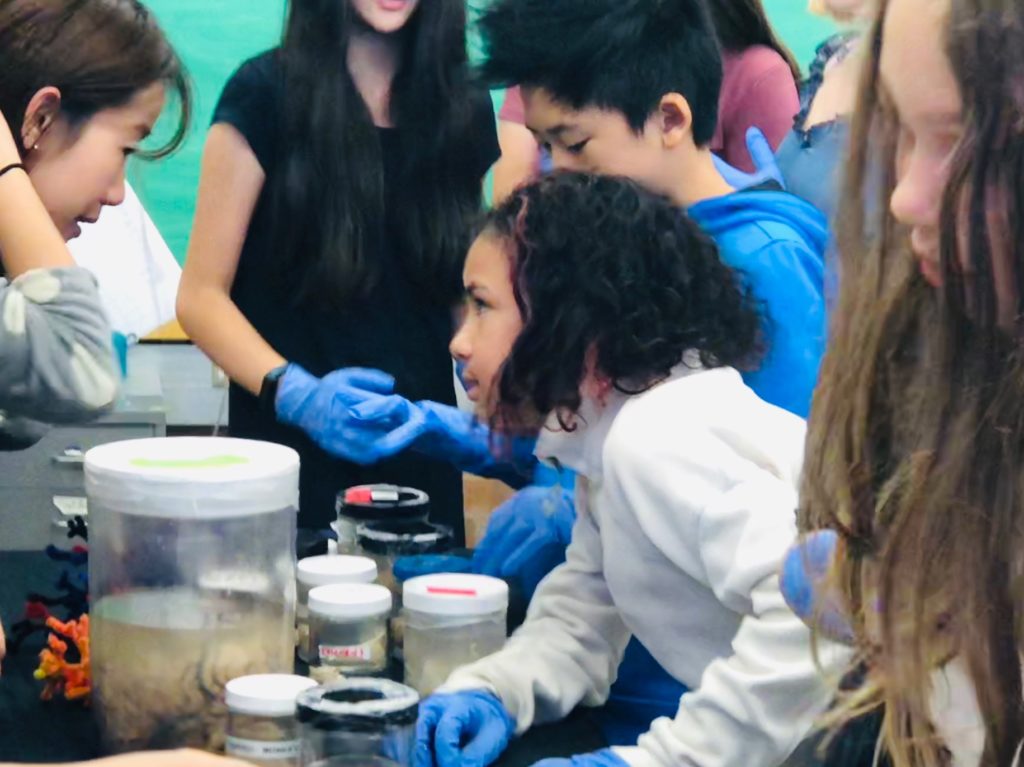
“Can you isolate the part of the brain that creates fear – and take it out? Would you still have nightmares?”
LEARN MORE: The Biology of Fear
LEARN MORE: The amygdala and medial prefrontal cortex: partners in the fear circuit
LEARN MORE: Dreaming and the brain: from phenomenology to neurophysiology

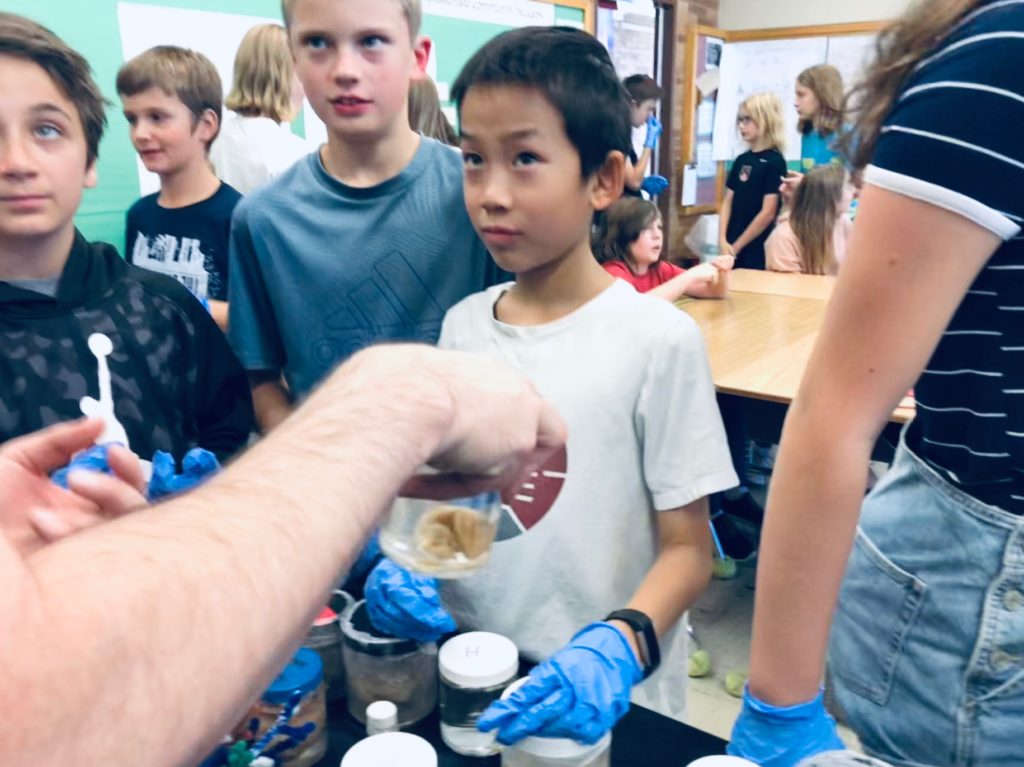
“Do ants have brains? Yup!”
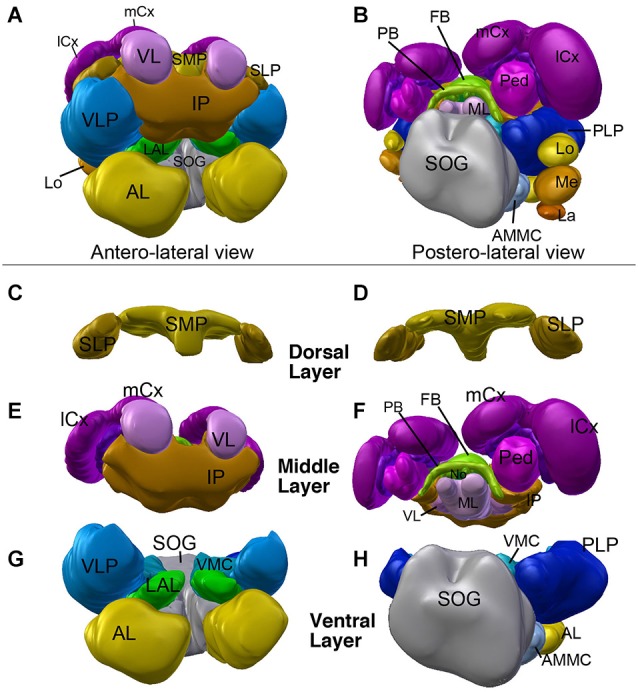
3D digital model of the adult brain compartments of the ant
LEARN MORE: A map of brain neuropils & fiber systems in the ant Cardiocondyla obscurior
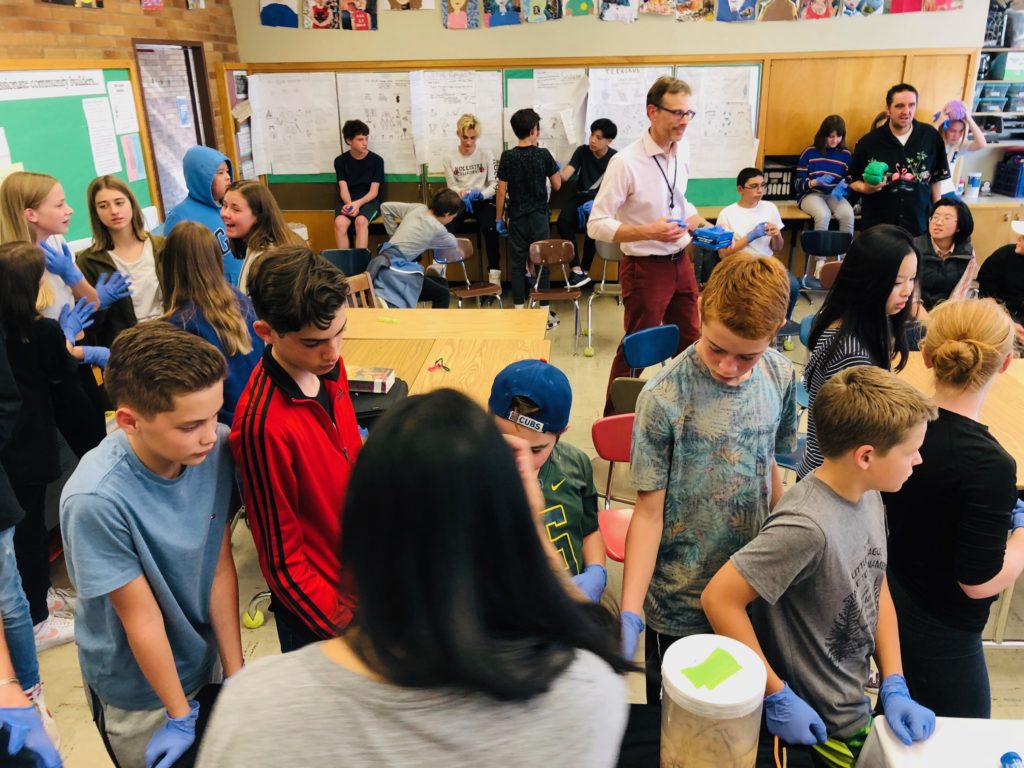
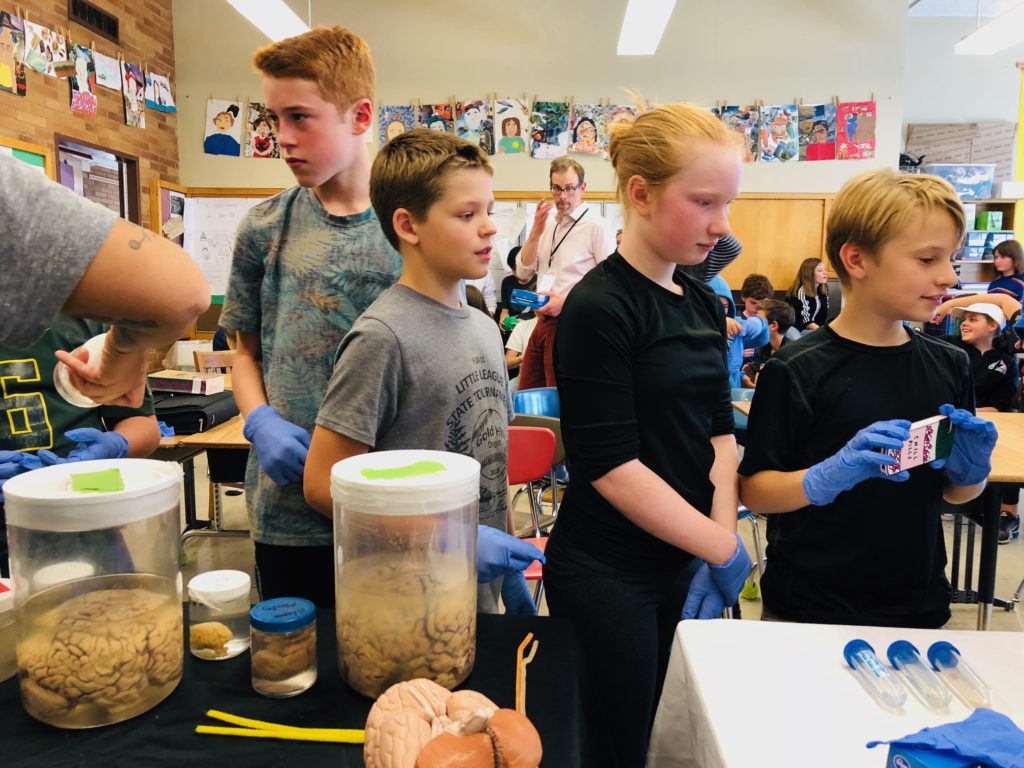
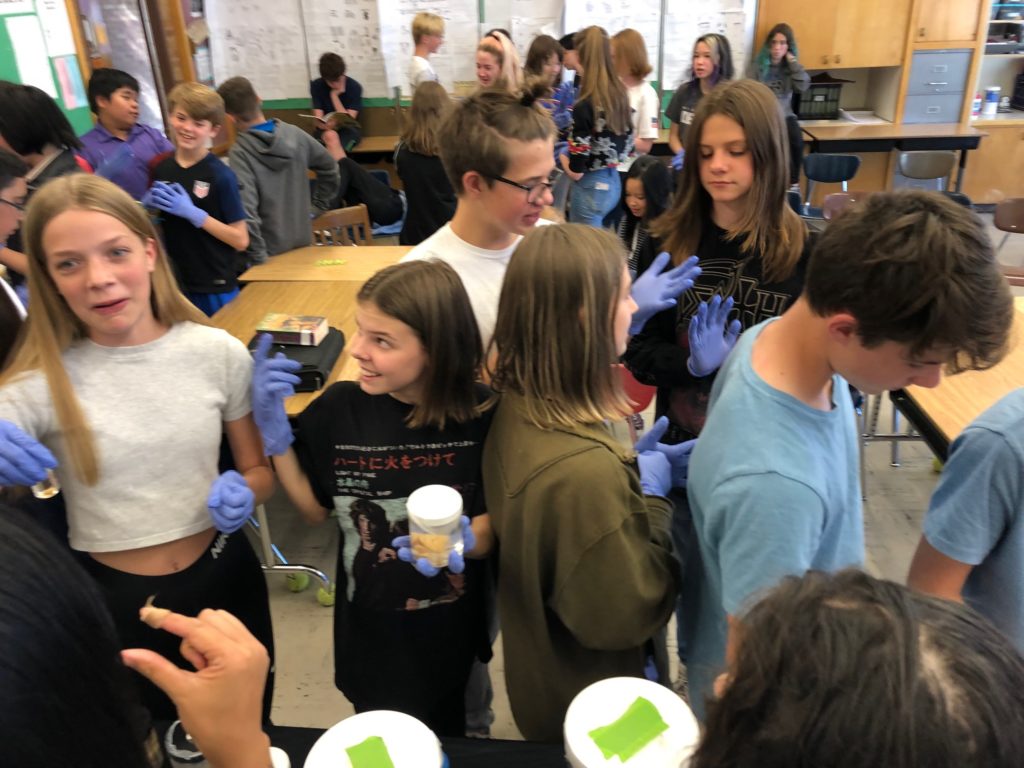
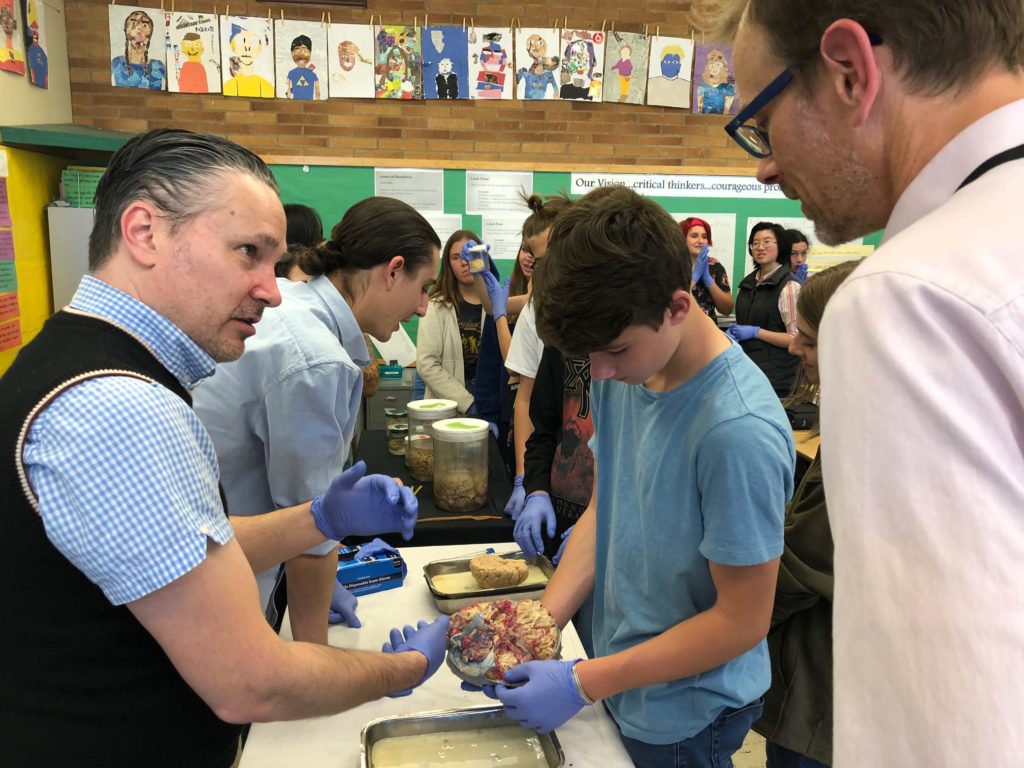
It was a busy and brainy day! Teachers utilized Noggin pipe cleaner neuron building instructions to lead additional classrooms in constructing their own brain cells – and asked students to come up with ideas for promoting healthier brain development!
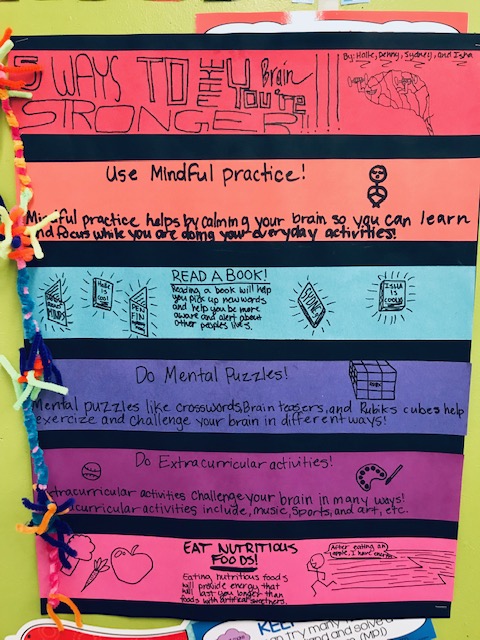

MAKE YOUR OWN BRAIN CELL: STEAM Art Projects
Many thanks to Brandan and his fellow teachers, and the students and staff at Creative Science for welcoming us back to school!

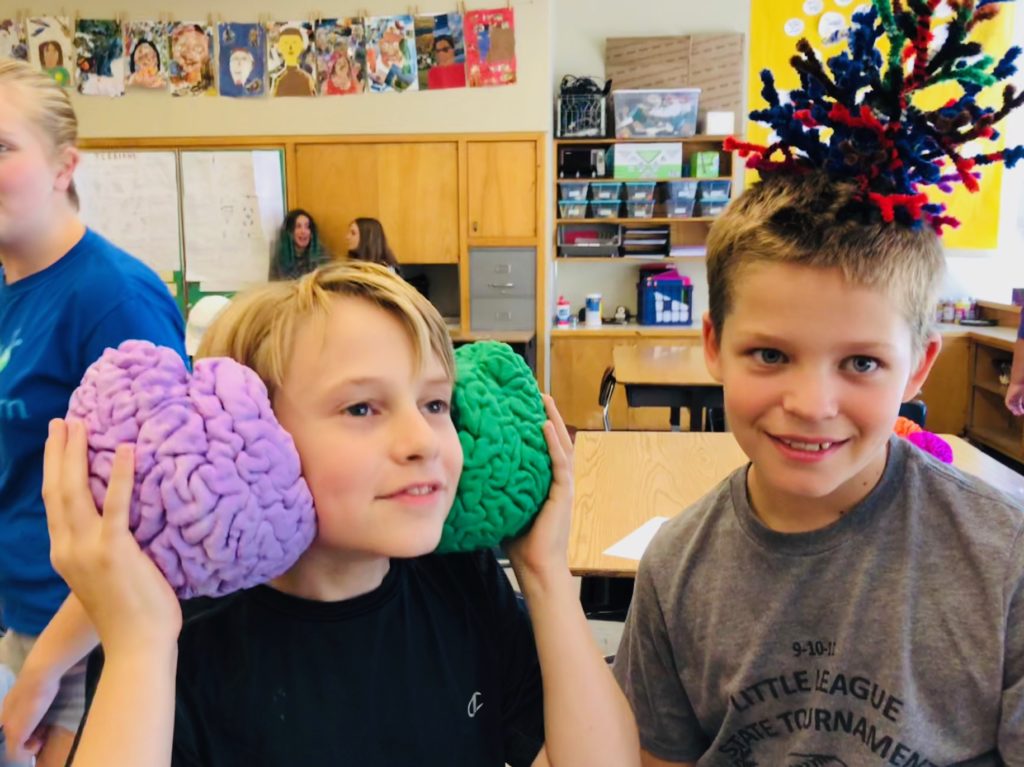
“I hear the ocean with my brain(s!)…”


